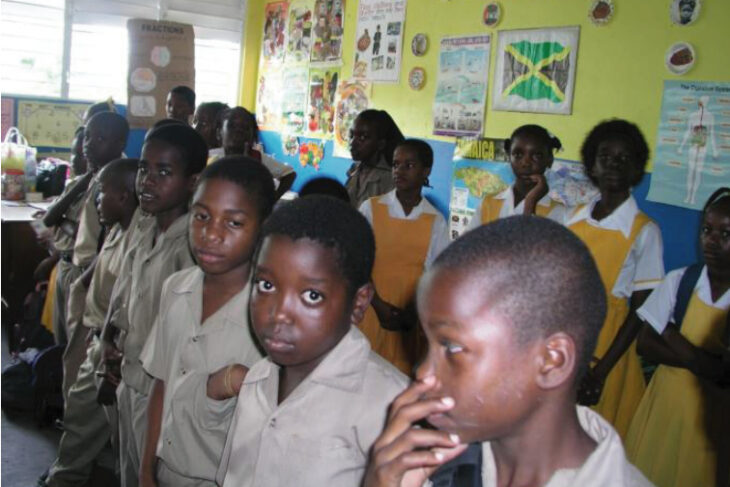
Each day, every day, is an organic process of endings and beginnings. We tend to see them as we would “stills” from a film that are imprinted on our minds and that we identify with in some way – that become bookmarks in our minds. Captivating and useful as these momentary stills are in coming to terms with life events, we sometimes need to remind ourselves that life, in its totality, is a film with movement, plot changes, character development – sometimes a comedy, sometimes a tragedy. It is through the inherent movement of this process, this great film, that we learn, develop and provide service to others who, each and all, are simultaneously characters in their own films and the great film that unites all.
All too often, however, those days of particular significance are rooted in dichotomous combinations of rejection and hope. We selectively choose and hold to those “stills” in vain attempts to push the undesirable or inconvenient into hopefully forgotten corners and to cling to some shining new hope that we establish in our minds as an ideal, a new standard. We categorize both the rejected and the hope into attitudes of “them” and “us” and, shortly after, into ideologies that quickly degenerate into values in which the most important is sacrificed for the less important.
In this process it is easy to forget, if, indeed, we ever recognized, that that which is rejected and that which forms new hope exists within each and every one of us. If we are unaware of this internal dialogue and the need to assess the various stories in light of their effect on community and our own relationship with it, we run the risk of allowing that dialogue to give rise to dangerous qualities and relationships that reflect an unrefined and underdeveloped “us” at the expense of our vision of “them” which is really just another, albeit rejected, facet of “us”. The thing is, those who are categorized and stigmatized as “them” tend to be aware that their worth is more than their opportunity while the ones included in “us”, and are united in rejection of “them”, tend to remain unrefined and unfulfilled, giving rise to escalating unbalance and dissatisfaction for both. Implicit in the idea of the “us and them” in all of us, is the reality that we – every person we love or hate, every animal we care for or kill, every tree we plant or destroy, the air we breathe or pollute, the water we drink or defile – are all facets of a single entity. And, if we wish to “cash in”, as it were, on some utopian vision of our imagination, we may wish to consider that until such time as we embrace all this miracle of existence, the “us” and the “them”, cease stereotyping ourselves, and recognize human life as an integral part of nature that we are so assiduously destroying, we will never reach that elusive dream.
No one is happy with the recent conditions of life or the future imbedded in the bowels of those conditions that ominously loom before us. It may be that that we have little control over some of them but we do have control over the ways that we view them and how we can learn from them in order to move forward toward a united future – one of consciousness that creation, in its entirety, is a single entity, and that each part has a ripple effect over the whole, for better or for worse. In the great eco-system, of which human life is a part, every rock, plant, animal, and person has a contributing and stunningly balanced role. Could it be that the uniquely privileged role of human beings is that of witness – to appreciate this miracle as a totality and to be responsible that each and every part reach its ultimate refinement – its paradise? And, if that is our role, how then would we treat each other and the environment in which we are privileged to live?
The following are the words of Baha’u’llah which somehow create perspective at this time.
“Through that Word the realities of all things were shaken, were divided, separated, scattered, combined and reunited, disclosing, in both the contingent world and the heavenly kingdom, entities of a new creation…”



